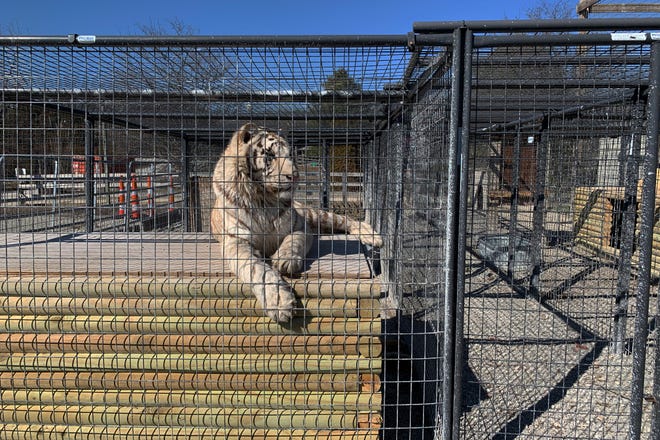Who hasn’t taken their children to the circus or to visit a privately owned zoo? The sad truth is that these enterprises are often known for not treating their animals well. Read on for what to be aware of before you venture out to see the tigers and elephants.
Deprived of freedom
Think about where these exotic creatures live in the wild and the importance of having that freedom of movement and ability to find the nourishment they require. Their natural habitats provide them with the opportunity to mate and live in family or community groups.
When you consider the contrast to a life in captivity, you can begin to understand the injustice. These lovely animals are incredibly lonely and experience severe psychological distress with the loss of agency and lack of stimulation. They may exhibit behaviors like rocking, swaying, or pacing in an effort to self-soothe or may even resort to physically harming themselves.
Basic needs are not met
Typically, animals that are on display in roadside zoos or that perform in traveling circuses endure deprivation. The living conditions are—all too often—small, barren enclosures that are not very clean. It is not uncommon for pens to have concrete or dirt floors without any grass or vegetation. Shelter from the harsh weather may be absent, too.
The food rations offered to these animals are usually insufficient. Plus, they may not have adequate water available or be given needed veterinary care.
Organizations are not what they seem
Be skeptical if you see a private zoo labelling themselves as an animal rescue or sanctuary. This is how they fool the public and get away with exploiting creatures for profit. In general, people are drawn to causes that support helpless animals, so it’s easy for unscrupulous individuals to set themselves up as enterprises that shelter and provide for their charges.
The truth is that a number of them are scam operations that prey on the goodwill of visitors. People may be asked to pay extra to interact with some of the animals or to have a photo taken. These outfits will seek any way to increase their revenue at the expense of the animals.
Mistreatment at a variety of venues
Our fascination with animals and desire to get close to them, not to mention be entertained, has promoted the growth of different types of enterprises. Let’s look at how animals are regularly mistreated in some of these.
Safari parks—By calling an operation a “wildlife preserve,” “game park,” or “safari park,” owners try to create the illusion that the animals are living in a spacious area that is somewhat akin to their natural environment. However, despite having more space, animals may not be afforded proper care or enough nutrition. They may not have shelter from hot or rainy weather. If they injure themselves and need veterinary assistance it’s likely that it won’t be available. These operations are normally drive-through and owners want to be sure visitors can spot enough creatures, so breeding can go unchecked. When the population increases, there is money to be made in shipping unwanted animals to a slaughterhouse, hunting ranch, or an auction for exotic animals.
Petting zoos—Many petting zoos travel from one place to another. This means that the creatures they carry become stressed by the constant movement and introduction to unfamiliar surroundings. Some of the locations can be scary, and there is the potential for accidents while on the road. The long and difficult journeys make it difficult for animals to get the rest and exercise they need. The consumption of food and water may be delayed by travel. Being regularly on the move also challenges caretakers to look after those that are ill or injured, and some will die on the route. Of course, this creates further stress for the other animals. Once they arrive at a destination, the creatures have to deal with crowds loudly pressing in close to try to touch them, snap a photo, or feed them something. In addition, donkeys and others might be forced to give children rides.
Marine parks—Marine parks and aquariums are also not to be trusted. Although these institutions may advertise themselves as sanctuaries or as education-oriented, be aware that there can still be animal mistreatment going on. To start with, the various sea creatures have traded their liberty for confinement, and the amount of room they are assigned can be quite restricting. For instance, would you believe that the life span of an orca whale in captivity is generally no more than 13 years? Killer whales and other marine mammals like dolphins taken from the wild and trained to entertain onlookers with tricks day in and day out are prone to developing psychological issues.

